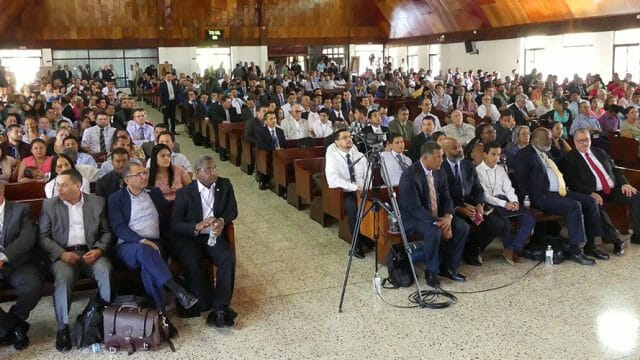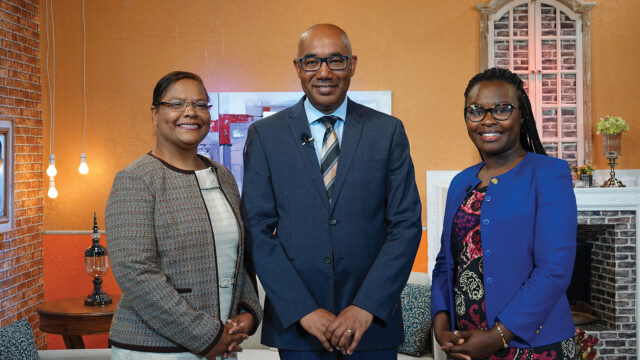“Four down, three over,” I began, trusting that the mystery of these words would buy me several more minutes of existence.

They had a well-deserved reputation for eating assembly speakers alive.
The school principal who introduced me to 250 teenagers crowded into the chapel seemed nervous, even frightened. He gave the briefest introduction, then hurried to the back where he could have a better view of how the lions disassembled another Christian.
The raw and coiled energy in front of me was palpable, ready for a jab, a lunge, an opening that would end my opportunities as an assembly speaker. My palms got sweaty as I heard the muttered wisecracks from the pride. Some licked their lips in anticipation of my demise.
And so I reached back into the library of all the stories I had ever told to children, teens, adults, and savage beasts. I found the one that had some likelihood of keeping me alive.
“Four down, three over,” I began, trusting that the mystery of these words would buy me several more minutes of existence. “Four down, three over . . . He counted the bricks in the massive old fireplace, looking for the one behind which the treasure was hidden . . .”
Amazingly, it worked, and not because the opening seemed clever. At its heart, it was a gospel story—a story about deceit, betrayal, conversion, and forgiveness. Twenty-five minutes later the teens broke into applause.
So began my role as the storyteller of their era. Invitations to assembly services came frequently, followed by a plea that I would speak for the winter Week of Prayer—so long as I told stories, it was implied. And when they graduated from that academy three and four years later, the classes voted that I preach at their baccalaureate services—so long as I told a story, it was implied.
Five years later I would meet young adults in the grocery store, the gym, the church, and they would begin the conversation with “Four down, three over . . . That story you told is still my favorite.”
There is no mystery in this tale, for storytelling and story listening is how human beings have learned since time began. The ear detects, the mind selects, from a narrative of redemption and renewal a personal appeal that might never leap up from a page.
A story is a temporary covenant between a teller and a hearer to spend some minutes traveling together to a moment other than this one and some place more interesting than here. Both pretend that the journey doesn’t lead to now—that the story isn’t really about the present—this place, this moment, our challenges. But it always is, and always should be. We learn best by indirection, by the testing of new truths in “someone else’s” story that really are the things we need to know.
Consider your calling as a storyteller of the grace that rescued and redeemed you. You will tell it well, for you know better than anyone else what it means. And mark my words: you will see the world respond with attention, interest, even joy.








